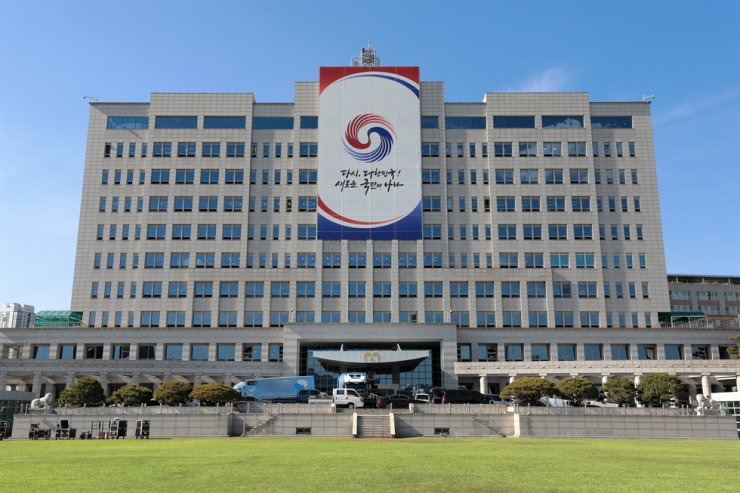The first President of North Korea was Kim Il-sung, who served as the country’s leader from 1948 until his death in 1994.
Kim Il-sung was born on April 15, 1912, in Mangyongdae, near Pyongyang, North Korea. He was the eldest son of Kim Hyong-jik, a farmer and independence activist, and Kang Pan-sok, a devout Christian. Kim Il-sung’s father’s involvement in the independence movement led to his arrest and imprisonment by the Japanese colonial authorities, who occupied Korea at the time. As a result, Kim Il-sung grew up in poverty and had to work from a young age to support his family.
Kim Il-sung’s Background and History:
- Born in Mangyongdae, North Korea, on April 15, 1912.
- Son of Kim Hyong-jik, a farmer and independence activist, and Kang Pan-sok, a devout Christian.
- Grew up in poverty and had to work from a young age to support his family.
- Attended a Christian school in Pyongyang.
- Joined the Korean Communist Party in 1931.
- Fought against the Japanese colonial authorities during the 1930s and 1940s.
Ethnicity: Kim Il-sung was of Korean ethnicity.
Achievements and Legacy:
- Established the Democratic People’s Republic of Korea (DPRK) in 1948 and served as its first President until his death in 1994.
- Led North Korea through the Korean War (1950-1953) and the subsequent period of reconstruction.
- Developed the Juche ideology, which emphasizes self-reliance and national sovereignty.
- Promoted the cult of personality around himself and his family, which continues to be a central feature of North Korean politics.
- Left a legacy of economic stagnation, political repression, and international isolation, which continues to affect North Korea today.
Something Popular About Him:
- Kim Il-sung is often referred to as the “Great Leader” or “Eternal President” in North Korea.
- His birthday, April 15, is a national holiday in North Korea known as the “Day of the Sun.”
- Kim Il-sung’s image is omnipresent in North Korea, appearing on posters, statues, and banknotes.
- He is the subject of an extensive personality cult, with North Koreans required to study his life and teachings from a young age.
- Kim Il-sung’s legacy remains controversial, with some viewing him as a revolutionary hero and others as a ruthless dictator.
Emblem of North Korea
To enrich your insights into presidential figures worldwide, also explore some prominent first presidents from other countries, such as Kiribati, Kenya and Kazakhstan. Delving into the leadership journeys of these figures can offer valuable perspectives on their historical significance and pivotal roles in shaping global politics.
The official residence and symbol of the North Korea President
10 Iconic Presidents Who Shaped North Korea’s History

North Korea, as a secretive and isolated communist nation, has had a limited number of presidents since its establishment in 1948. Despite their infrequently reported activities, some presidents have gained recognition and popularity within North Korea and in global media. Here are 10 of the most popular presidents from North Korea:
- Kim Il-sung (1948-1994): The founder and first president of North Korea, Kim Il-sung, remains highly revered by the population. Known as the “Eternal President,” he is the grandfather of the current leader, Kim Jong-un.
- Kim Jong-il (1994-2011): The son of Kim Il-sung, Kim Jong-il took over as the second president of North Korea. He was known for his eccentricity and strict control over the nation.
- Kim Jong-un (2011-present): Currently serving as the supreme leader and chairman of the Workers’ Party of Korea, Kim Jong-un succeeded his father Kim Jong-il. Despite his controversial actions, he also maintains a significant amount of popularity within the country.
- Pak Jong-hi (1982-1998): Serving as the titular head of state (president) during Kim Il-sung’s leadership, Pak Jong-hi held various governmental positions and played a crucial role in advancing North Korea’s nuclear program.
- Kim Yong-nam (1998-2019): Known as the ceremonial president of North Korea for over two decades, Kim Yong-nam was the face of the country’s diplomatic engagement with the rest of the world.
- Kim Pyong-il (1979-1998): The half-brother of Kim Il-sung, Kim Pyong-il held various ambassadorial positions, particularly as an envoy to Eastern European countries. He is noteworthy due to his politically contrasting views with the leadership.
- Hwang Jang-yop (1997-2010): As one of the highest-ranking North Korean defectors, Hwang Jang-yop served as the president of North Korea’s diplomatic body, the Supreme People’s Assembly. He fled to South Korea and provided invaluable insights into the regime.
- Kim Yong-ju (1994-2010): The younger brother of Kim Il-sung, Kim Yong-ju was a prominent figure within the North Korean government. He held various positions within the Workers’ Party of Korea, including vice president.
- O Jin-u (1997-2010): As a prominent military figure, O Jin-u held numerous top defense-related positions. He was vice-chairman of the National Defense Commission and a right-hand man to Kim Jong-il.
- Kim Il (1968-1991): Serving as the titular leader during Kim Il-sung’s presidency, Kim Il held various political positions and was known for his loyalty to the regime.

